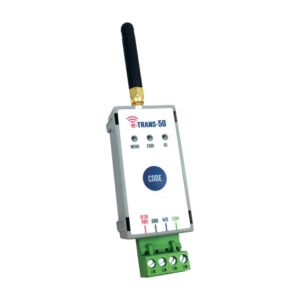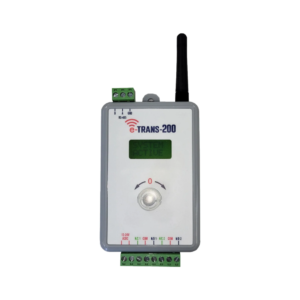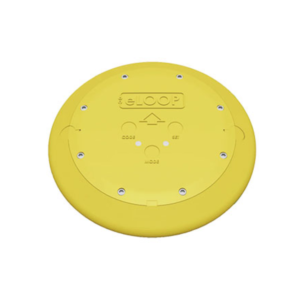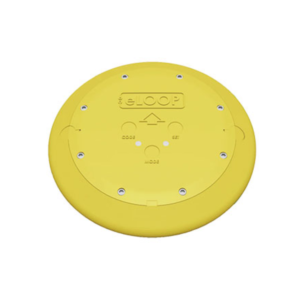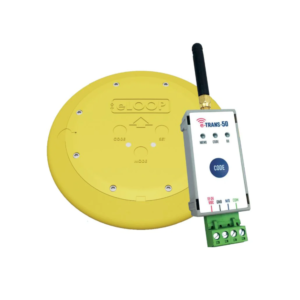Wireless vehicle detection uses sensors, typically magnetometers or radar, to detect the presence of vehicles without the need for traditional, wired inductive loops. These sensors transmit vehicle detection information wirelessly to a control system, like a traffic signal controller or a gate opener. This method eliminates the need for costly and disruptive excavation and cabling.
How it works:
-
Magnetometers:
These sensors detect changes in the Earth’s magnetic field caused by the presence of a metal vehicle.
-
Radar:
Radar sensors use radio waves to detect the presence of objects, including vehicles.
-
Wireless Communication:
The sensor transmits the detection signal wirelessly to a transceiver or controller, which then activates a system, such as a gate or traffic signal.
Benefits:
- Reduced Installation Costs: Eliminates the need for ducting and trenching associated with traditional inductive loops.
- Faster Installation: Can be installed in hours rather than days, reducing traffic disruption.
- Improved Safety: Reduces the risk to road workers and minimizes disruption to residents.
- Reliability: Some systems use two-way radio communication for reliable operation.
- Versatility: Can be used in various applications, including traffic control, parking management, and gate access control.






